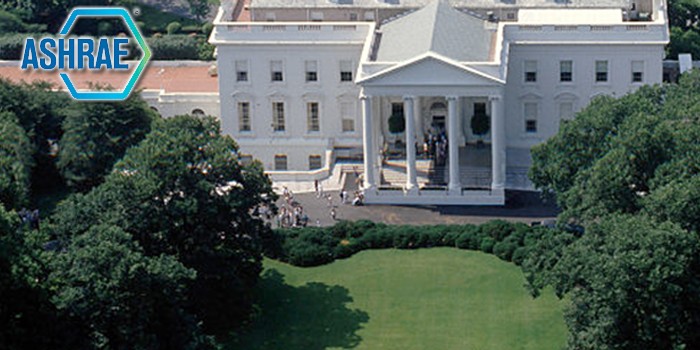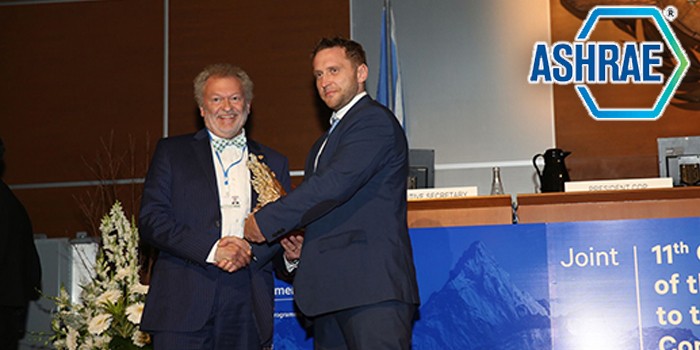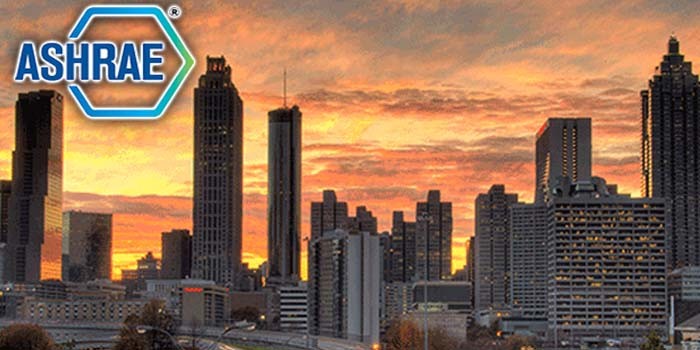Importance of Resiliency in Buildings Codes/Standards Stressed at White House Event

ATLANTA, GA – May 20, 2016 – Helping buildings and their systems withstand and recover from natural disasters requires a lot of technical knowledge. Fortunately, ASHRAE has dozens of resources available to help designers make buildings more resilient. The Society took part in a White House Conference on Resilient Building Codes.
“The built environment industry strives to design, construct and operate buildings to withstand both natural disasters and man-made hazards,” ASHRAE President David Underwood said. “We must use the knowledge gleaned from disasters like the recent earthquake in Kumamoto, Japan, Superstorm Sandy, flooding in India and others, as well as predictions of the effects of climate change, to our advantage to save lives and infrastructure in the future. ASHRAE is pleased to be part of this effort with allied organizations and make these commitments to protect the public and building stock.”
The White House hosted the event to highlight the critical role of building codes in furthering community resilience and the importance of incorporating resilience and the future impacts of climate change in the codes and standards development process. As part of the conference, the Administration highlighted federal and private sector efforts aimed at advancing the principles of resilience in building codes and standards and building design.
ASHRAE Director-at-Large Mick Schwedler took part in the conference, serving on a panel focused on codes and standards. Participants discussed the work being done by the codes and standards community as well as how that community can better support state and local officials who are faced with the challenges of cost and risk perceptions. Others on the panel represented the National Institute of Building Sciences, the International Code council, the National Fire Protection Association and the American Society of Civil Engineers.
As part of the effort, ASHRAE has committed to:
- utilizing member research funding to support research related to resilience in buildings and building systems
- developing, maintaining or revising standards to reduce building loads and their subsequent impact on utilities
- working with numerous global partners to encourage adoption of these changes as soon as possible into codes
- providing instructional and application tools to implement these substantial improvements
- educating the affected stakeholders
ASHRAE has compiled a webpage of resources on resiliency, which can be found at www.ashrae.org/resiliency.
In addition, ASHRAE, along with other leaders of America’s design and construction industry, released a report on progress made on the resilience front since the Resilience Building Coalition announced the Building Industry Statement on Resilience two years ago.
The Resilience Building Coalition also released a set of guiding principles to help the building industry adopt resilient design and policies. These include developing and advocating for codes and policies that advance resilience; developing “whole-systems resilient design” approaches for the built environment; and providing guidance, beyond the baseline life-safety codes, that recognizes the importance of fortifying property for individual and community resilience. The report can be viewed atwww.ashrae.org/resiliency.
ASHRAE, founded in 1894, is a global society advancing human well-being through sustainable technology for the built environment. The Society and its more than 55,000 members worldwide focus on building systems, energy efficiency, indoor air quality, refrigeration and sustainability. Through research, standards writing, publishing, certification and continuing education, ASHRAE shapes tomorrow’s built environment today. More information can be found at www.ashrae.org/news.
Disqus website name not provided.









































